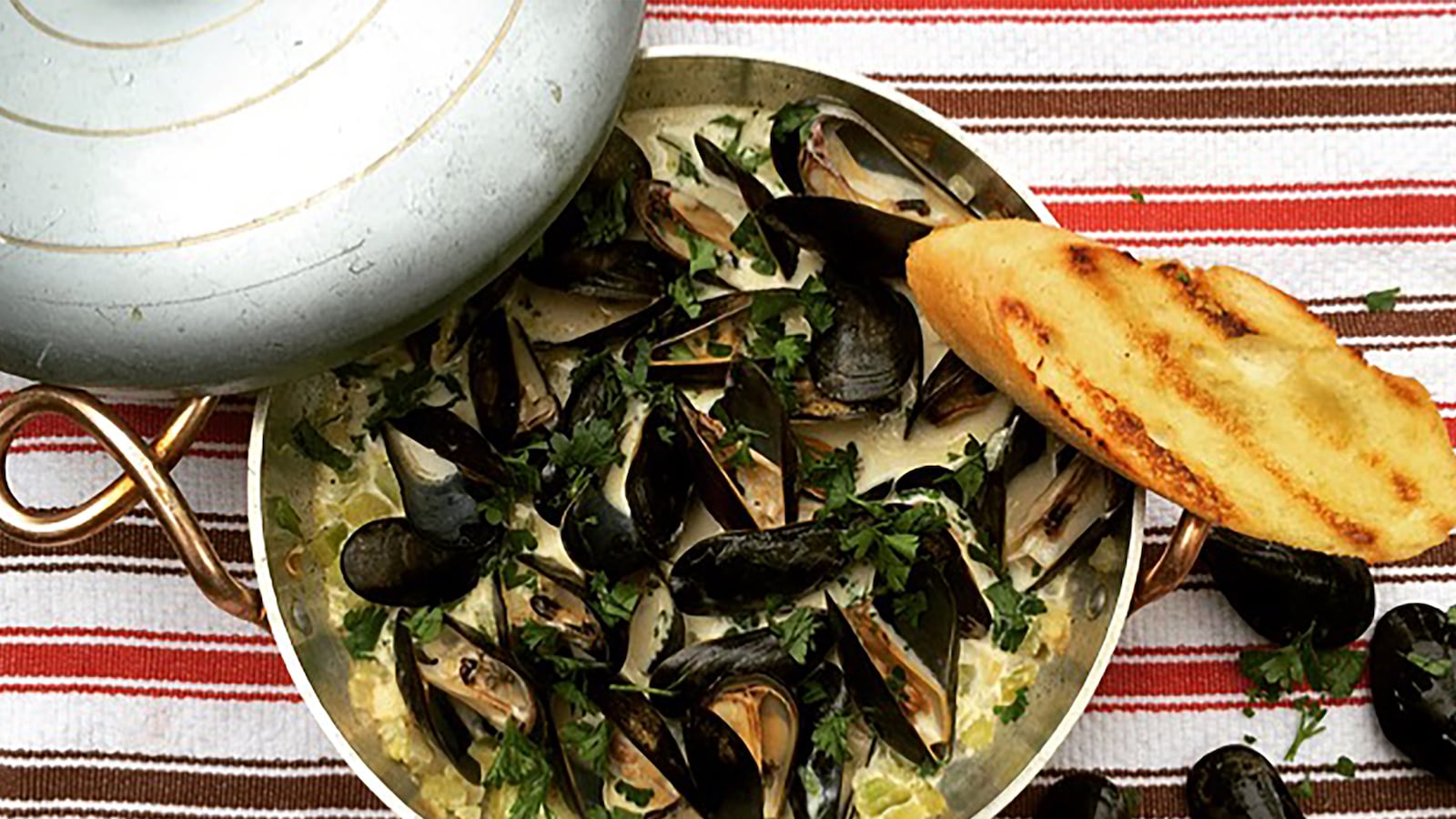President 27: William Howard TaftMarch 4, 1909 – March 4, 1913
You know those girls in high school who ate whole tubs of ice cream before putting on swimwear? Ya, I wasn’t one of those. If I ever ate a brownie, I may as well have superglued it to my inner thigh. My lovely mother, who still looks like a model at age sixty something, used to tell me that my nutritional awareness would serve me well in future when everyone else’s metabolism slowed to a glacial pace. I’m still waiting on that to happen. But as I turn thirty this year and have an Ashton Kutcher look-a-like boyfriend whose body fat teeters around .001%, I, like President Taft, am forcing myself to embrace the hell we call dieting.
Everyone knows the Taft big bathtub story. The President made awkward jokes about how this was a myth, but when a picture surfaced of the four workmen tasked with installing in it, sitting in it, it was hard to deny. At six foot two and 332 pounds, Taft was certainly not nearly as “huge” as many history books make him out to be. He did; however, have an absolute love affair with food, in particular a “great weakness for beefsteak at breakfast.” When the doctor got word of his morning ritual, he was displeased and made Taft request “the cook give me only a six-ounce steak instead of the regular man-sized one. It’s a terrible sentence the doctor has imposed on me.” He also worked out with a personal trainer, who Mrs. Taft complained about paying “$1,000 a year for punching him about”. Unfortunately, he didn’t lose any weight in his tenure. His other indulgence was handfuls of salted almonds and his only foodie hate was eggs.
The administrations that came before the Tafts had always outsourced their catering at great expense and on their own dime. Feisty little Nellie Taft was not about to do that as the Presidential salary of $75,000 could be quickly eaten up. She hired Elizabeth Jaffray to run the house and kitchen. Jaffray ended up staying on through the Wilsons, Hardings, and Coolidges and documented the experiences in “Secrets of the White House”. With 19 servants to feed, in addition to the President Taft’s family, her monthly tab came to about $868.93 (with meat ringing in at the most expensive- $205.59). This was without the big events of course. She was also very mindful of what was readily available and “refused from the start to buy expensive luxuries out of season. If it wasn’t the normal strawberry time there would be no berries on the Presidential table.” They don’t taste nearly as good in December anyways. The household also saved a bit of money by having a White House cow to supply milk, a practice they brought back from Andrew Johnson’s time. The first, Mooly-Wooly, was too shy to produce so they replaced her with Pauline whose milk flowed freely. For this week’s recipe, I selected mussels, which are just healthy enough to not feel guilty but with just enough cream to be happy.
Mussels Billie By
Recipe adapted from: Chez Maxim’s Restaurant (Paris)
This mussel’s recipe was a favorite of President Taft and a sensation with the highfalutin Washington crowd of the time. Chez Maxim’s in Paris attributes the name of the dish to an American expat, Mr. William “Billy” Brand, who wanted to invite his friends from home for a meal of mussels but didn’t want them to have to suffer or be embarrassed when removing the meat from their shells. He asked the chef to serve the cooking liquor as a soup without the shells. It caught on and patrons thereafter ordered the “Billie B.”, which became “Billy By.” through the years. Many of the American recipes call for adding the meat back into the soup or using them for a different dish. Well, sorry folks, for obvious visual reasons and because I think half the fun of eating is the process, we have added the moules back in. If you want the original feel, just remove the shells after they open and thicken with one egg yolk (do not boil). Serves 4.
2 lbs mussels, dirt scrubbed off
1 large onion, chopped small
2 stalks celery, chopped
1 cup dry white wine
1 cup heavy cream
1 1/2 cup fish stock
1 knob butter
1 sprig thyme
A handful of parsley, roughly chopped
Salt and pepper to taste
Bread, toasted, for serving
1 egg yolk (optional. If serving without shells)
In a large pot, add olive oil and sweat onion and celery. When glossy, add the thyme, salt and pepper. Stir. Then add the white wine, cream, knob of butter, and fish stock. Give it a good stir, before adding the mussels. Cover the pot and bring to a simmer. Simmer for 10 minutes or until the mussels open. Be sure to throw away any that do not. If you want to serve them in the shells, merely move them over to serving size bowls with lots of the liquid on the bottom for dipping. If you want to go the original route, remove the shells from the pot (then remove meat). Strain the cooking liquid through cheesecloth and bring to a boil. Remove from heat and add a single egg yolk to thicken. Add seasoning if necessary and the mussel meat back in, if desired. The soup can be served hot or cold.





